RE-DO... Went to check on the palms at the central park zoo today
tropicalzone7
13 years ago
Related Stories

HOUZZ TOURSMy Houzz: Contemporary Home Hugs a Central Courtyard
An architect's Salt Lake City home celebrates outdoor living in a beautiful blend of modern and organic styles
Full Story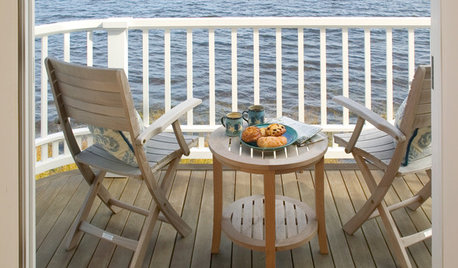
DECORATING GUIDESMissing the Ocean? Bring the Beach Vacation to Your Home
Check out these 10 easy ways to capture some coastal magic even when you’re landlocked
Full Story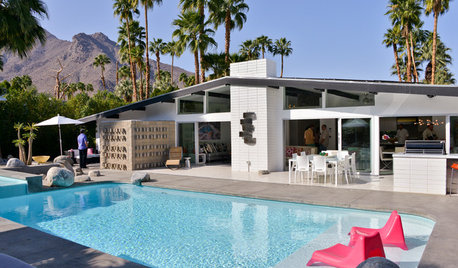
EVENTSModernism Week 2015 Opens in Palm Springs
The city’s 10th annual festival celebrates midcentury architecture and design. Here’s a look at what’s on view
Full Story
GARDENING GUIDES6 Plants That Beat Butterfly Bush for the Wildlife Draw
It's invasive, a nonnative and a poor insect magnet. Check out these better alternatives to butterfly bush in the garden
Full Story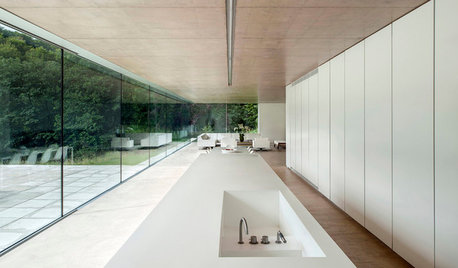
KITCHEN ISLANDSWhat to Consider With an Extra-Long Kitchen Island
More prep, seating and storage space? Check. But you’ll need to factor in traffic flow, seams and more when designing a long island
Full Story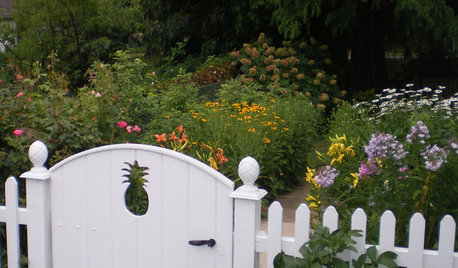
DECORATING GUIDESDesign Mystery: Why Do Pineapples Sprout Up in Home Design?
Early Americans were bananas about pineapples — and we’re still reaping the benefits of the sweet fruit’s symbolism today
Full Story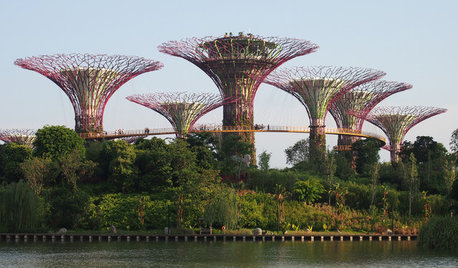
TRAVEL BY DESIGNArchitectural Wonders: Postcards From Singapore
Today's masters — Safdie, Libeskind, Koolhaas and more — have put their fantastically modern mark on this flourishing city
Full Story
GARDENING FOR BUTTERFLIES3 Ways Native Plants Make Gardening So Much Better
You probably know about the lower maintenance. But native plants' other benefits go far beyond a little less watering and weeding
Full Story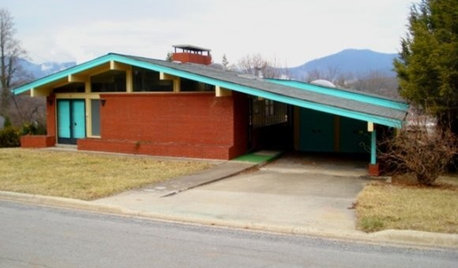
LIFEHouzz Call: Show Us the House You Grew Up In
Share a photo and story about your childhood home. Does it influence your design tastes today?
Full Story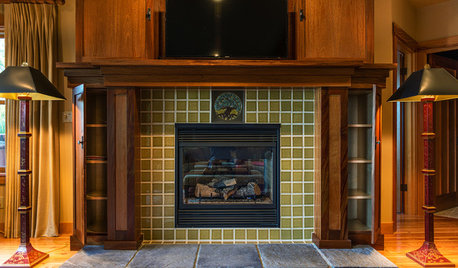
ACCESSORIESDesigns Worth Discovering: Rookwood Pottery Tile
Get to know the company that put American ceramics on the map in the 1880s to see why its tiles are newly popular today
Full StorySponsored
More Discussions






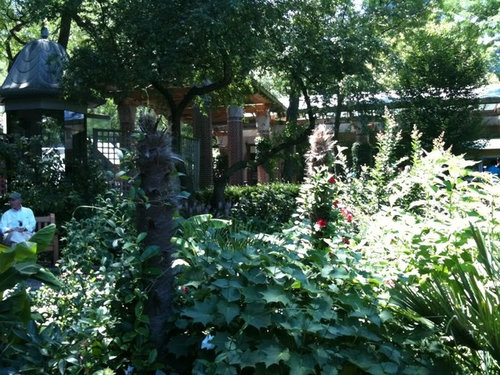

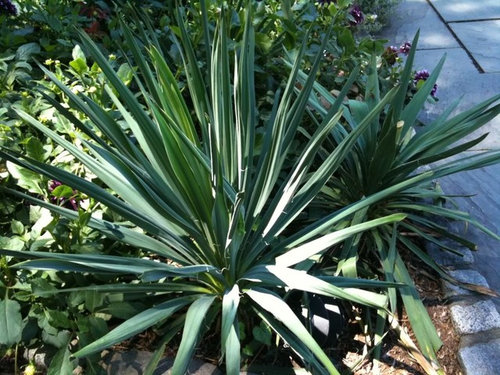
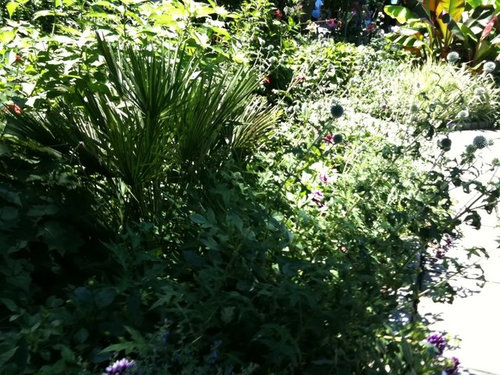
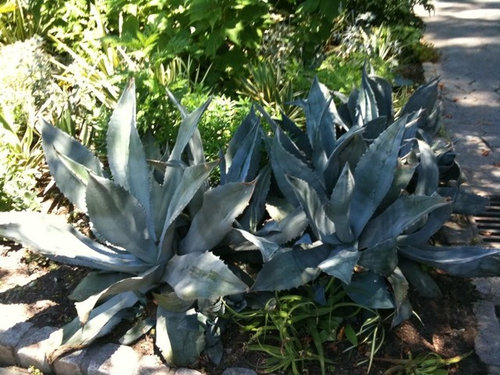

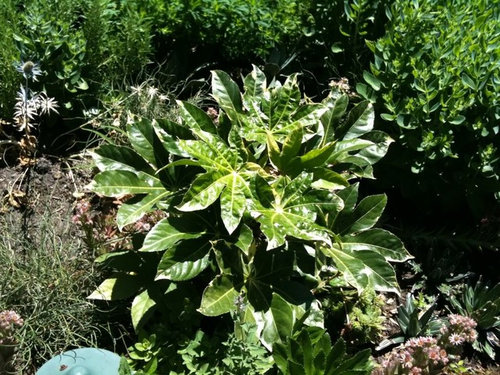

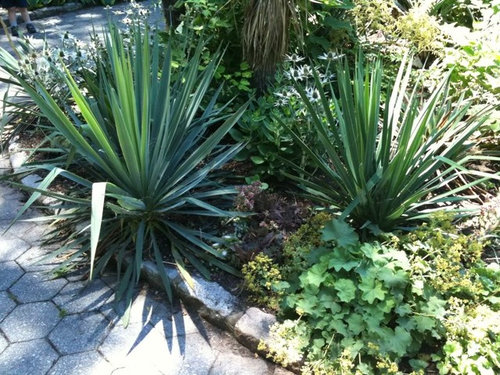

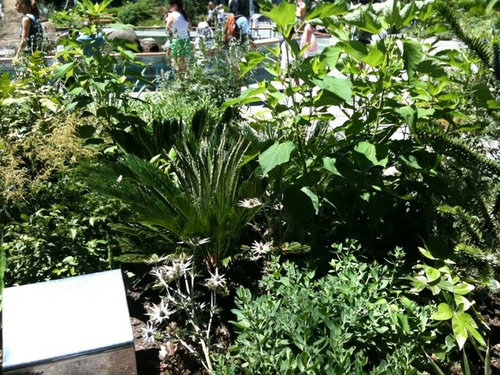
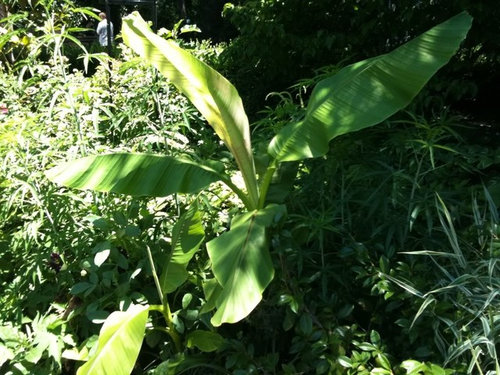
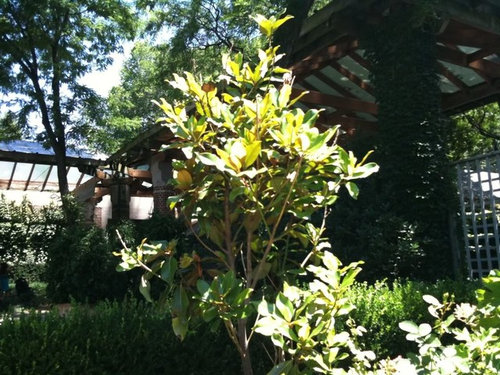

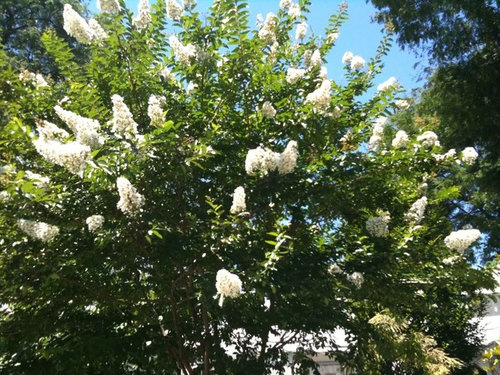
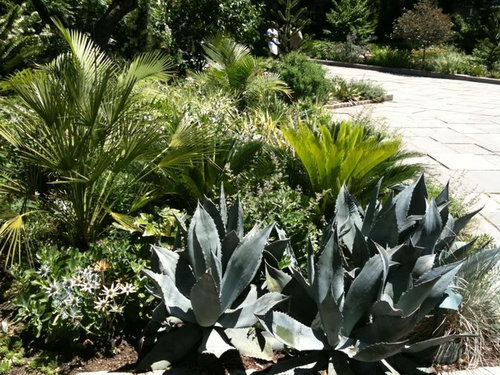
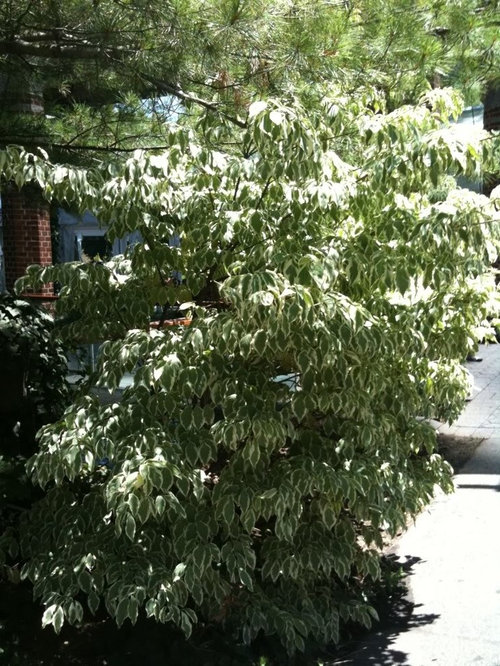
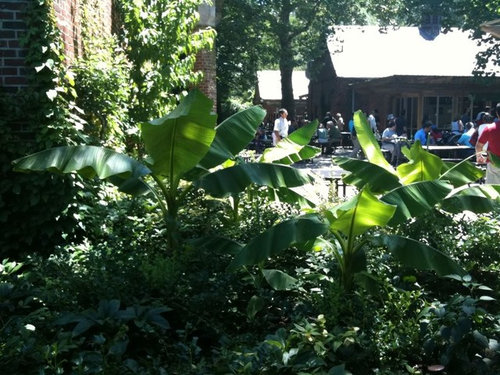
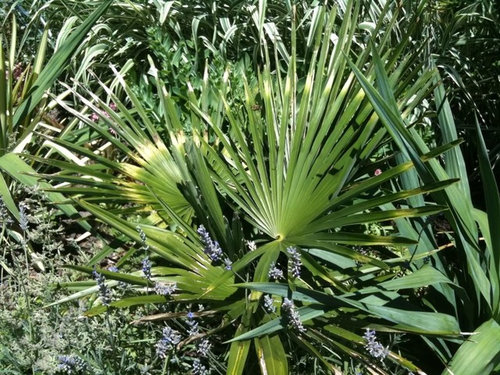
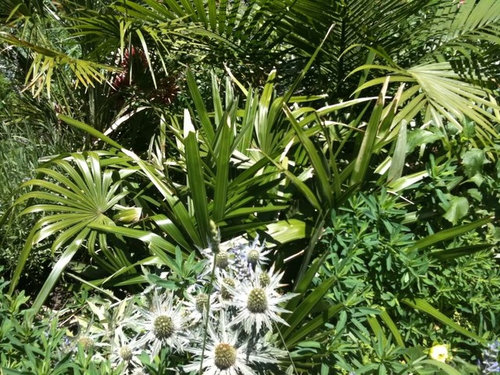
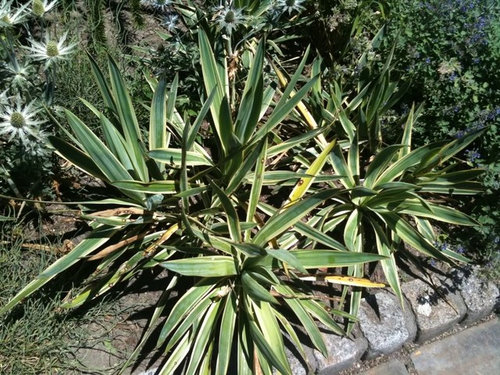
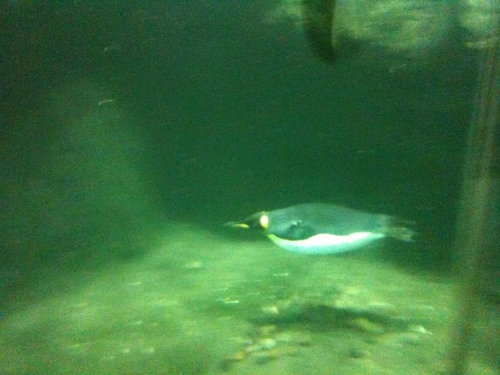

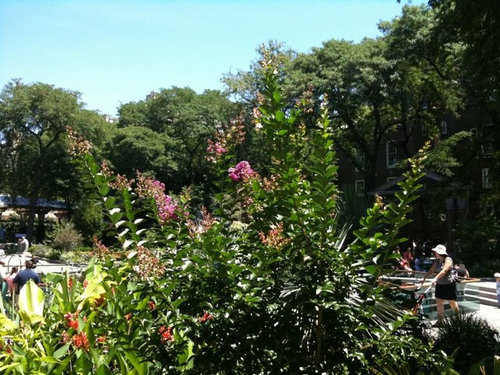
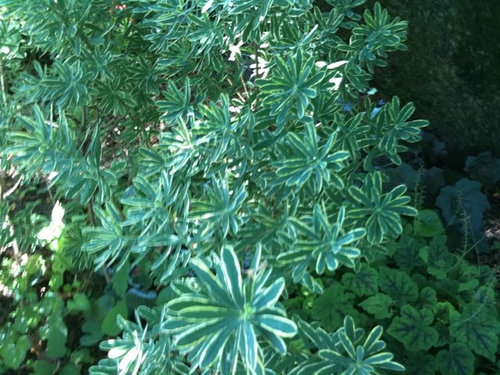
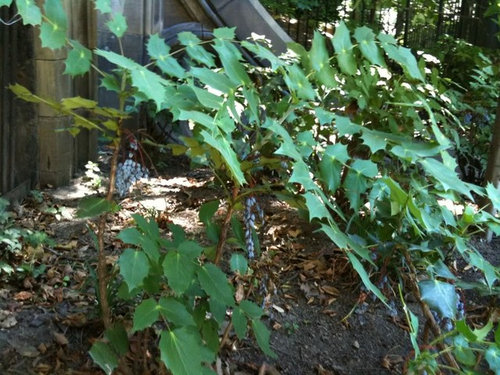
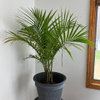
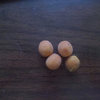
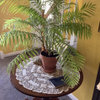
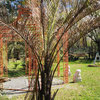
jaynboro
User
Related Professionals
Allentown Landscape Architects & Landscape Designers · Oconomowoc Landscape Architects & Landscape Designers · Tomball Landscape Architects & Landscape Designers · Las Vegas Landscape Contractors · Lehigh Acres Landscape Contractors · North Canton Landscape Contractors · Panama City Beach Landscape Contractors · Norridge Landscape Contractors · Clearfield Landscape Contractors · Ferguson Landscape Contractors · East Renton Highlands Window Contractors · Mokena Window Contractors · Seminole Window Contractors · Sugarland Run Window Contractors · Portage Window Contractorstropicalzone7Original Author
digitalphrag
User
jimhardy
tropicalzone7Original Author
brooklyngreg
User
tropicalzone7Original Author
jacklord
tropicalzone7Original Author
Hunter_M
islandbreeze
chadec7a
tropicalzone7Original Author
Hunter_M